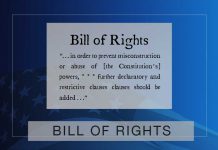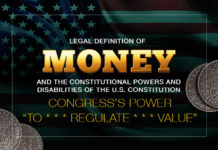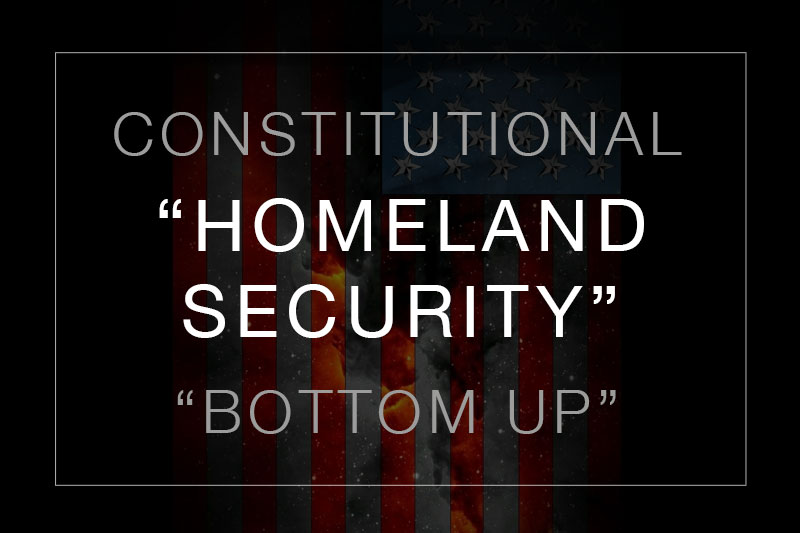Last Updated on January 15, 2023 by Constitutional Militia
The Constitutional “Dollar”
Both Article 1, Section 9, Clause 1 and the Seventh Amendment to the Constitution refer explicitly to the “dollar”—in the one case, permitting “a Tax or duty * * * not exceeding ten dollars for each Person” the States saw fit “to admit” prior to 1808; and, in the other, guaranteeing trial by jury “[i]n suits at common law, where the value in controversy shall exceed twenty dollars.” The Constitution does not define this “dollar.” But, in the late 1700s, no explicit definition was necessary: Everyone conversant with political and economic affairs knew that the word imported the silver Spanish milled dollar.
ADOPTION OF THE “DOLLAR” AS THE “MONEY UNIT” PRIOR TO THE RATIFICATION OF THE CONSTITUTION
The Founders did not need explicitly to adopt the “dollar[ ]” as the national monetary unit or to define that word In the Constitution, because the Continental Congress had already performed that task.
The “dollar” did not begin with that Congress, however. Far from it. Historians generally first associate the “dollar” with one Count Schlick, who began striking such silver coins in 1519 in Joachim’s Thal, Bavaria. Originally called “Schlicktenthalers” or “Joachimsthalers” , the coins became known simply as “Thalers”, which transliterated into “dollars”. Interestingly, the American Colonies adopted the “dollar” not from Germany or England, but from Spain, where it was first coined by Ferdinand and Isabella. Under that country’s monetary reforms of 1497, the silver reale became the unit of account. A new coin consisting of eight reales also appeared. Variously known as colanatas, piastras, pesos, duros, “Spanish dollars” (because of their similarity to Thalers), and “pieces of eight” (because they contained eight reales)[1] the coins achieved predominance in the New World because of Spain’s then-important commercial and political position there.[2] Recognized by law in the Colonies in 1672,[3] by 1704 the “pieces of eight” had become the unit of account, as Queen Anne’s Proclamation of that year made clear, when it decreed that all other current foreign silver coins “stand regulated, according to their Weight and Fineness, according and in Proportion to the Rate * * * limited and set for the Pieces of eight of Sevil, Pillar, and Mexico”.[4]
By the time of he War of Independence, the “piece of eight” was, for all practical purposes, rapidly becoming the monetary unit of the American people. Not surprisingly, the Continental Congress first used, and then took formal steps to adopt, the Spanish milled (or pillar) dollar as the nation’s standard of value. On 22 May 1776, a Congressional committee reported on “the value of the several species of gold and silver coins current in these colonies, and the proportions they * * * ought to bear to Spanish milled dollars”, in which Continental Currency was payable. And on 2 September of that year, a further committee report undertook to declare “the precise weight and fineness of the * * * Spanish milled dollar * * * now becoming the Money-Unit or common measure of other coins in these states”, and to explain the principles and establish the rules “by which * * * the said common measure shall be applied to other coins * * * in order to estimate their comparative value”.[5]






























